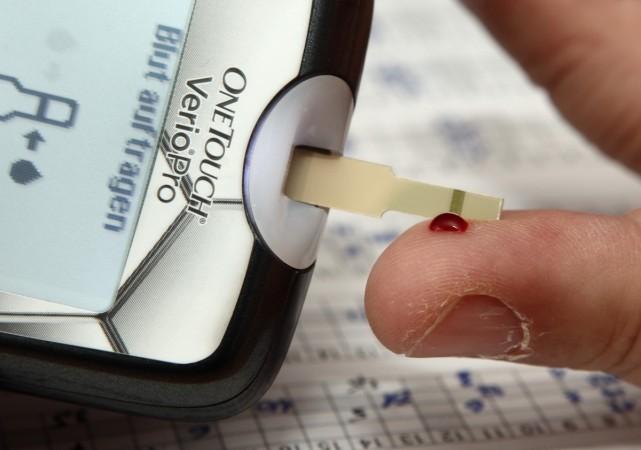
Indian teenagers in the age group of 13-15 years are gradually turning to the consumption of tobacco products such as beedis, cigarettes and e-cigarettes. This was disclosed in a report by the Population Reference Bureau (PRB), which was released during a conference in New Delhi on Thursday. PRB provides information about health, population and environment indicators globally.
According to the PRB report,19 percent of boys and 8 percent of girls in India have used a tobacco product in the past month.
"Most of this consumption is of non-commercially produced cigarettes — tobacco products like bidi, an inexpensive hand-rolled cigarette made of unprocessed tobacco wrapped in leaves. Products like these are relatively affordable, poorly regulated and easily obtained from street vendors and kiosks. Smokeless tobacco products like chewing tobacco and snuff are commonly used and in some places are used more than cigarettes," the report, a copy of which is available with International Business Times, India, said.
It added that the rising popularity of e-cigarettes is also a matter of concern as these do not produce tobacco smoke but may still contain nicotine and other harmful substances. "These devices are marketed to youth and are easily available online," according to the report.
"Myriad varieties in which tobacco is available in Asia, makes tobacco a very versatile product for adolescent and young people. Easy access to unregulated products like e-cigarettes and hukkah further exacerbates their vulnerability," Monika Arora, director of Health Promotion Division and associate professor at Public Health Foundation of India said during the conference.
The report has dwelt on various factors that have led to an increased incidence of non-communicable diseases (NCDs) among young Indians. It said that smoking, alcohol consumption and unhealthy diets along with least physical activity are major contributors to the prevalence of NCDs, which include cancer, diabetes, hypertension and heart diseases, among other chronic illnesses.
The report said that seven of every 10 boys and girls in the 13-15 year age group in India get too little exercise, (less than 60 minutes per day). More than one in five of them is overweight or obese, placing them at a high risk of developing NCDs.
"We live in an age of convenience where people, both in urban and rural India, are increasingly eating processed food and fast food, leading to a rapid increase in the obese population," Anand Krishnan, professor at Centre for Community Medicine, AIIMS, New Delhi, said during the release of the report.
Anand said that the blame cannot be only put on western-style burger, pizza fast foods but even Indian foods that are unhealthy and loaded with calories.
"There is an urgent need for both the government and private sector to adopt an integrated approach and work in close coordination to identify effective solutions and reduce the NCD burden of the nation," he said.
The report comes two days after the World Health Organization said that NCDs will result in a large number of premature deaths. The WHO said that one in four Indians in the age group of 30-70 years have a chance of dying prematurely because of NCDs.












